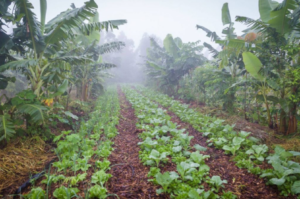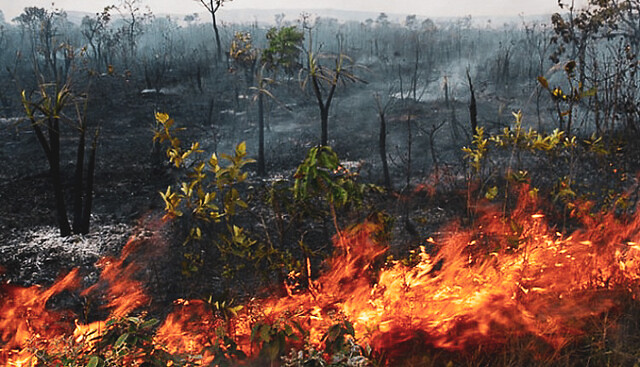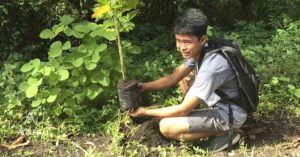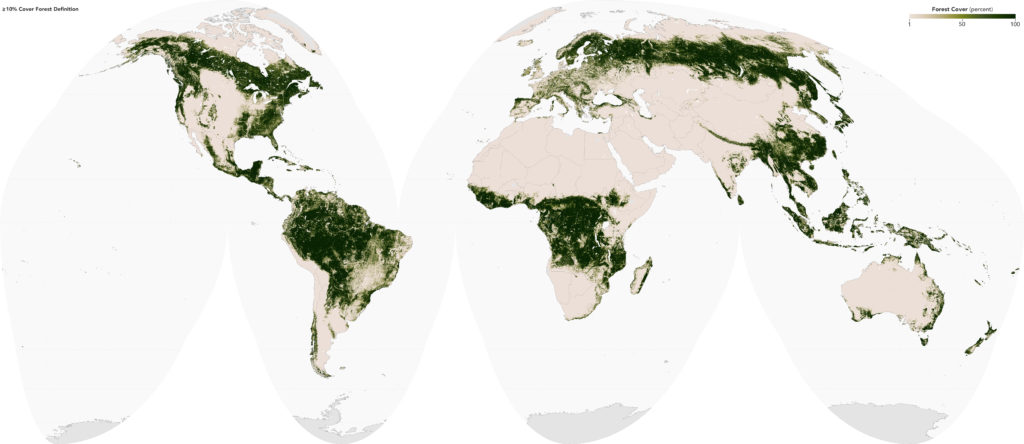Restoring Forests to Avoid Catastrophe: Remineralization is crucial
Recently screens across the globe wracked viewers with destruction-torn images of the Amazon Rainforest on fire.
It’s no secret that our forests are in trouble. Over-development and slash-and-burn agriculture practices clear areas that were once forested, and acidic rain, invasive disease, and pollution contribute to the declining health of remaining trees.
The first response to forest destruction is the obvious: plant more trees. Some organizations sponsor tree planting events where locals can help plant hundreds of trees in a matter of days, and cities across the globe are addressing environmental and urban challenges by creating more green space. But while these efforts are vital to curb climate change, forests still struggle under the weight of hostile environmental factors. Cities like Boston struggle to meet their pledge of 100,000 trees planted before the end of the decade as their planted ones fall victim to heavy storms, disease, and unpredictable temperatures from climate change.
Yet reforesting the earth with trees may still be the best way to fight climate change. The earth needs resilient, healthy trees — and the solution lies in remineralization.
A recent study from scientists with Crowther Lab in Switzerland found 223 million acres (900 million hectares) of global tree restoration is the most effective climate change solution, as those trees (about a trillion) would store about 205 billion tons (186 tonnes) of carbon, or roughly two thirds of the carbon emitted since the Industrial Revolution. Remineralizing the Earth with crushed rock dust is perhaps the best way to ensure those trees take root, grow, and prosper.
Thomas Goreau, a biogeochemist and marine biologist, explains the science behind remineralization. “Rock powders act as a natural, slow-release, long-lasting fertilizer greatly increasing soil fertility, biomass, biological productivity, and food supplies. At the same time, chemical reaction with rocks is the major mechanism that removes CO2 from the atmosphere on geological time scales. This is an important solution to reverse runaway global climate change.”

Planting trees as part of agroforestry can sustain communities with food, fuel and income, building resilient food systems and sequestering carbon. (Click to enlarge.)
In a study, Dr. Goreau found that Acacia Mangium tree seedlings planted in a thin layer of local basalt rock dust from a Panama quarry had an eight-fold increase in biomass, 2.17 increase in tree height and four times the survivability over five years when compared to other study samples. Trees planted on the local soil did not survive. Studies of forest remineralization in other places have yielded similar results (for a summary of many of these results and more, see this slideshow from RTE).
Rock dust is an economically efficient environmental solution. Hard silicate rock is one of the most abundant resources on the planet. It is readily available as a byproduct from the aggregate industry, and is a simple, low-cost amendment to soils and forests.
While rock powders alone provide a wide range of essential minerals, Goreau predicted that adding biochar could greatly improve the effects of remineralization and he recommended mobilizing scientists to perform a large-scale research project to study various rock powders, plants, soil types, climate regimes, and management practices. Large-scale projects currently underway using rock dust with biochar and compost include one at UC Davis and one at Stone House Farm in Hudson, NY.
According to Remineralize the Earth Founder and Executive Director Joanna Campe, “Throughout millennia, soils form during the glacial cycles, through volcanic eruptions and alluvial deposits. It is nature’s way to restore minerals and trace elements to our soils, and remineralization is a natural alternative to chemical fertilizers and pesticides.”
Sabrina Dengler graduated from Hampshire College in 2017 with a degree in Environmental Studies. She is passionate about challenging the idea of nature as separate and distant from society and works to promote intersectional environmentalism using science and sociology. Her background in writing and organic agriculture lead her to work with RTE and she is excited to share her skills in research while learning about the nonprofit sector.
Support us on Patreon
Thank you for joining us today! Please become a member of RTE and support us on Patreon. Unlike many larger organizations, we work with a team of determined and passionate volunteers to get our message out. We aim to continue to increase the awareness of remineralization to initiate projects across the globe that remineralize soils, grow nutrient dense food, regenerate our forests’ and stabilize the climate – with your help! If you can, please support us on a monthly basis from just $2, rest assured that you are making a big impact every single month in support of our mission. Thank you!










Got something to say?